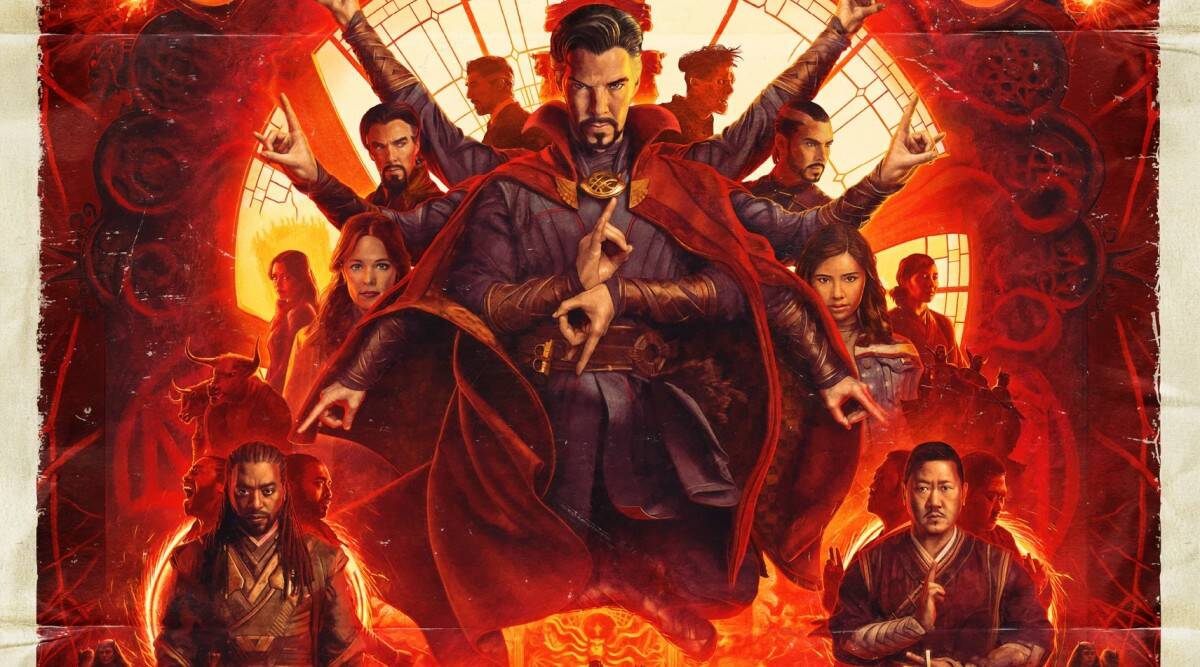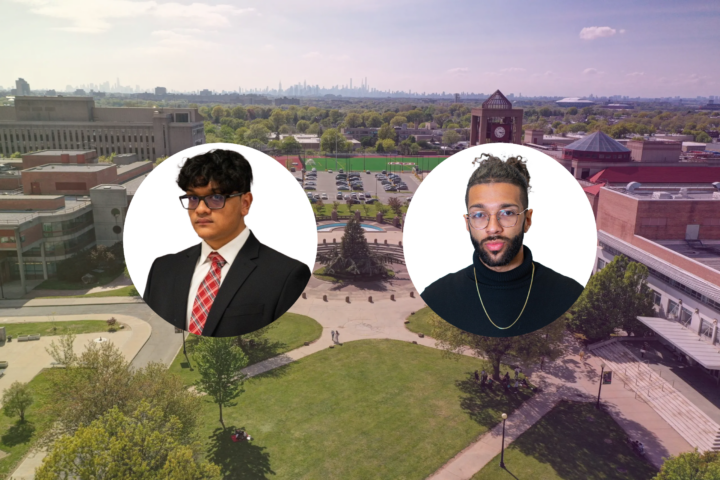WARNING: Major Doctor Strange and the Multiverse of Madness spoilers ahead!
The first of three Marvel Studios films to be released in 2022, Doctor Strange and the Multiverse of Madness is a weird movie — as it should be. Calling from the past of psychedelic and often mind-bending comics by Stan Lee and Steve Ditko in the early 1960s, following Sorcerer Supreme and Master of the Mystic Arts: Doctor Stephen Strange, audiences knew what they were getting into. A continuation of the vast and rapidly expanding Marvel Cinematic Universe (MCU) and a (loose) sequel to 2016’s Doctor Strange, this outing is directed by renowned horror and cult filmmaker Sam Raimi (who directed Spider-Man (2003) and the Evil Dead series); his first movie in almost a decade.
Here, Dr. Strange runs across America Chavez, a young superhero with the unique ability to travel across the Multiverse, an unprecedented ability in the MCU which has put her in peril. That power is craved by an old friend of ours, Wanda Maximoff, also known as the Scarlet Witch, as she wants to find a reality where her family she so desperately wants exists. Using dark magic, her efforts may very well cause all of reality to collapse, but Dr. Strange is on the case.
Multiverse of Madness is a crazed dash through the cosmos, racing through realities like and unlike our own, with Raimi’s trademark frenetic style perfectly suited to the bizarre nature of these characters. His horror sensibilities also shine through effectively with some sequences dipping into the downright scary. The film also gets to play with the sillier side of comic book charm, accepting and displaying the goofiness of these characters and concepts. Raimi accepts the comic book style in a way the MCU seems intent on avoiding (except for James Gunn’s Guardians of the Galaxy and Taika Waititi’s Thor films); from a green minotaur sorcerer to an entire sequence featuring the literal souls of the damned, not to mention weird versions of characters new and old get to shine, with some deep cuts and fun inclusions for comic aficionados.
Another distinctive quality Rami brings to the Multiverse of Madness is the heart. Too often do MCU movies feel ashamed of their silly origins, but not here. A genuine love for not only the characters of Strange, Chavez, and their abilities, but also for the rich storytelling and emotional opportunities these heroes and worlds have to offer. Fans of the reality-bending sequence of 2016’s Doctor Strange will be pleased, as this is a movie that relishes the weird and wild. From sorcerer battles as simple as shields and bows of magic to duels of literal music colliding and crashing together, fans of the flamboyant spells of Crimson Bands of Cyttorak and the Winds of Watoomb will be immensely satisfied with the visual creativity.
Despite the fun and breakneck pace, Multiverse of Madness is thinner on the plot, with some moments and concepts breezed past rather quickly. Viewers who skipped last year’s television series WandaVision may find Wanda’s turn to evil somewhat rushed and unsatisfying. If any character could’ve used a little more screen time to complete their character arc, it would be the Scarlet Witch.
“Multiversal/time travel logic is exciting,” said Queens College Professor Cliff Mak, specializing in 20th Century Literature, Film, and Media Studies, when approached by The Knight News, “it introduces possibility, difference, multiplicity. Both in terms of ethical possibility (a universe where a character has made better/worse choices) and social or political possibility,” referencing the many different (and exciting) versions of well-known characters in the movie.
“But, the very introduction of these possibilities makes you wonder why they couldn’t be the case in the primary timeline … Sure, Marvel wants to cater to its comics fan base and ensure a good box office return,” Professor Mak explained, “But we have to hold that basic explanation together in our minds with the narrative fact that so often, it seems to be women (like Wanda), queer characters (like Loki & Sylvia in the Loki series), and BIPOC characters (like Killmonger in the What If…? series) who only get to achieve their goals in alternate universes/timelines — and often only temporarily at that — while having no choice but to sacrifice something or be punished/constrained/villainized in the main timeline.”
Doctor Strange and the Multiverse of Madness is a fun and heartfelt addition to the mystical and weird side of the MCU. Although it introduces some wacky concepts, it may not fully investigate the implications of the questions it asks. Fans of Marvel movies and comics will be sure to have a good time, and anyone looking for a more light-hearted, sometimes spooky, always fun adventure into the infinite realities of the comic and cosmic should look no further with their Inner Eye.











